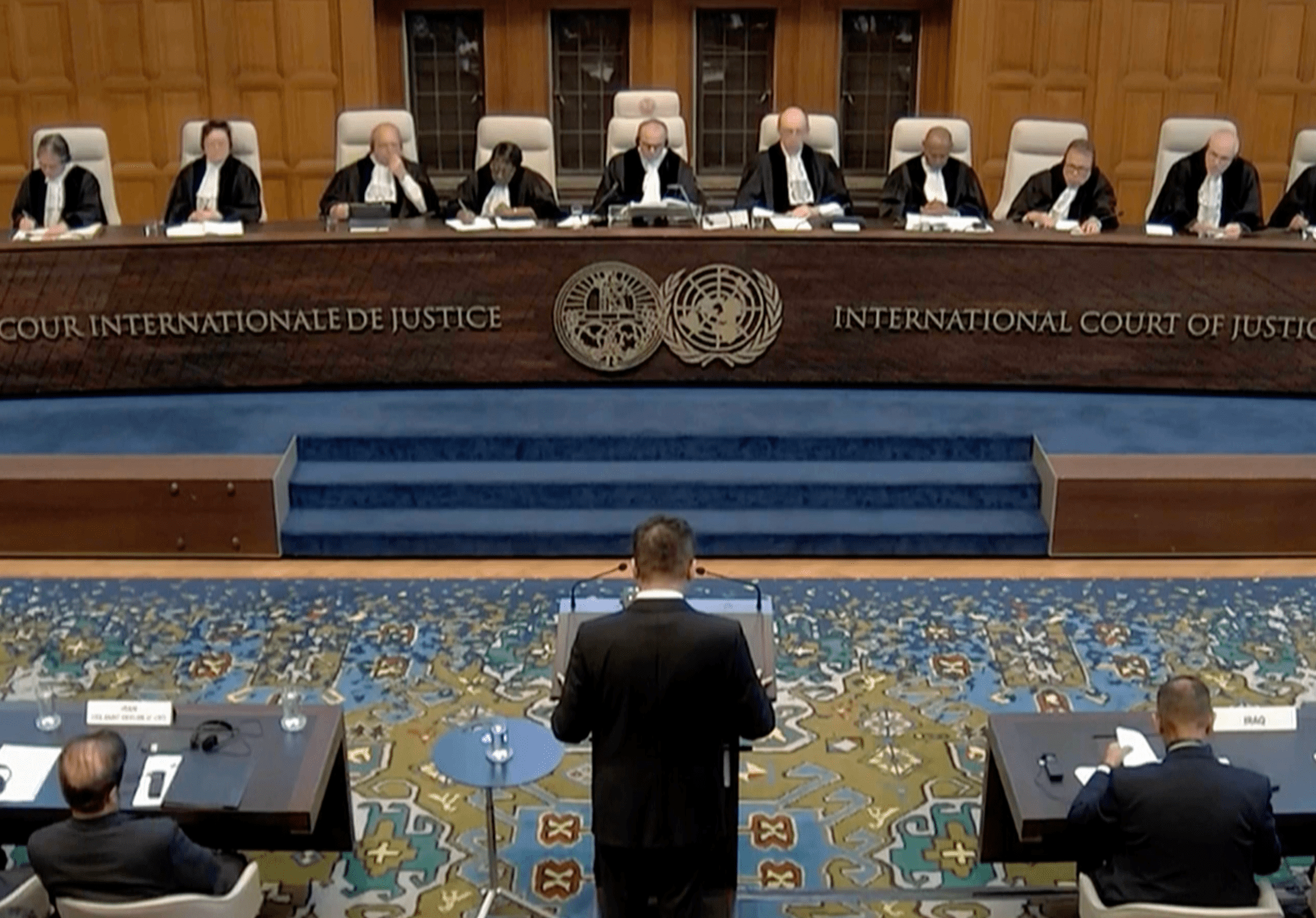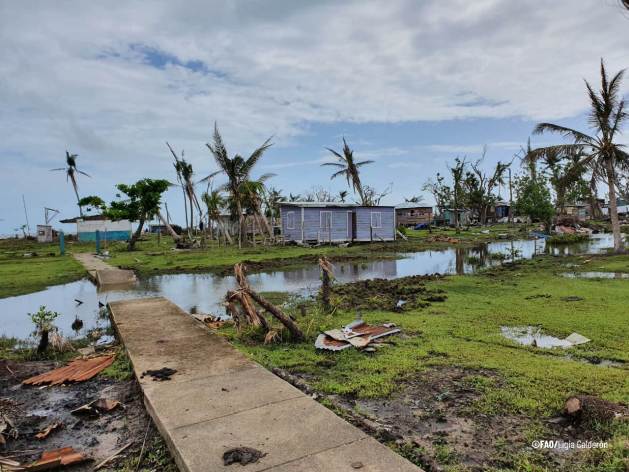Millions of Ukrainian refugees will stay in European Union., says European Commission VP
In an unprecedented move following the Russian attack, the European Union as a bloc invoked an emergency power not used since it was conceived two decades ago and granted Ukrainians a kind of blanket protection. The “temporary protection directive,” as it’s known, gives those who receive it an extended right to move freely within the European Union, as well as permissions to work and access to health care, education and housing.
It is “a very generous offer, far beyond the classical asylum protections,” Margaritis Schinas, vice president of the European Commission, told me last week during a visit to Washington. “I would say it’s Europe at its best.”
Schinas, whose portfolio includes coordinating the European Union’s continental approach to asylum and migration policy, thinks that many of these refugees may in the long run not return to their homeland. “I anticipate that this offer is so generous that regardless of the evolution of the war, at least 2.5 million to 3 million people will stay,” he said.
That’s a figure multiple times larger than the number of Syrian and Afghan war refugees given asylum by the E.U. in recent years. For Schinas, it’s a positive development. He described many of the Ukrainian refugees as “highly educated and skilled people” who “can immediately incorporate into our systems,” especially when the continent as a whole faces demographic decline and a significant skills gap in certain critical sectors.
Many of the refugees have tapped into networks of the Ukrainian diaspora and found housing and accommodation, while tens of thousands of citizens across the European Union, Britain and the United States, among other countries, have registered to host or sponsor Ukrainian refugees. Ukrainian schoolchildren are able to access their curriculums digitally. And though coronavirus vaccination rates in Ukraine were relatively low, the surplus stock of vaccines in the European Union means there’s plenty to go around.
All of this, Schinas observed, has led to the continent’s traditional opponents to immigration on the far right being relatively muted about this major Ukrainian influx, which, for now, appears to have caused minimal strains in host nations.
But onlookers elsewhere are less impressed. The reception for Ukrainians stands in stark contrast to how Europe on the whole has viewed asylum seekers from other parts of the world. The slow-burning crisis provoked by the war in Syria in 2015 left deep political scars on the continent: E.U. member states clashed over how to shoulder the burden of the influx, while the arrivals of hundreds of thousands of non-White, non-Christian migrants inflamed the nationalist far right across Europe.
Even last year after the fall of the Afghan government in Kabul to Taliban militants, a statement from E.U. interior ministers prioritized thwarting “illegal migration from the region” and “[reinforcing] border management capacity” over protections for the Afghan people, who bore witness to two decades of a failed Western military adventure in their country.
“The Russian-Ukrainian war revealed the ugly face of Europe. It showed their racism against Arab and African immigrants despite all the human rights slogans,” wrote Marwa El-Shinawy in a column for Daily News Egypt, adding that European governments “seem to believe that the protection of refugees is a right for Europeans only and that the rest of the races are not human beings.”
Perhaps one pointed illustration of this can be seen in Poland, whose right-wing nationalist government had fumed over the prospect of resettling a handful of Syrian refugees but has opened its doors for millions of Ukrainians from next door. In 2015, “the refugees were dark-skinned Muslims, and Warsaw slammed its borders shut,” wrote Andreas Kluth, former editor in chief of Handelsblatt Global, a publication based in Germany. “Now they’re fellow Christians and Slavs, and Poland has warmly welcomed more than half of the 6.7 million Ukrainians who’ve fled abroad.”
Schinas is aware of the criticism but rejects accusations of racism. To those who “somehow imply that skin color is a factor in European migration policy, let me be crystal clear,” he said. “It is not.”
The Brussels official argued that the war in Ukraine — on the E.U.’s immediate doorstep — is a unique circumstance that triggered a different legal mechanism than the earlier waves of migrants. “We give protection to people who flee from war,” he said. “This does not translate to an automatic right of admission for everyone who comes to the European Union.”
But Schinas added that the 2015 migration crisis was a “catalyst,” which “galvanized the European Union into some sort of belief that migration was a common issue.” Compared to seven years ago, the bloc has far greater funding and capacity to absorb migrant influxes and monitor borders.
But no matter the consensus around welcoming Ukrainians, the E.U. still lacks political unity for setting a policy on asylum seekers. Schinas thinks one will emerge soon, which will require unanimity among the bloc’s 27 member states.
“It is mind blowing that Europe has the biggest single market in the world, we account for 20 percent of the world’s GDP,” said Schinas, and can pursue major policy goals, including issuing shared debt and instituting the world’s most aggressive climate goals.
Yet, Schinas lamented, “this Europe still does not have a migration policy. It’s sad, in a way.”
Check out our Latest News and Follow us at Facebook
Original Source







